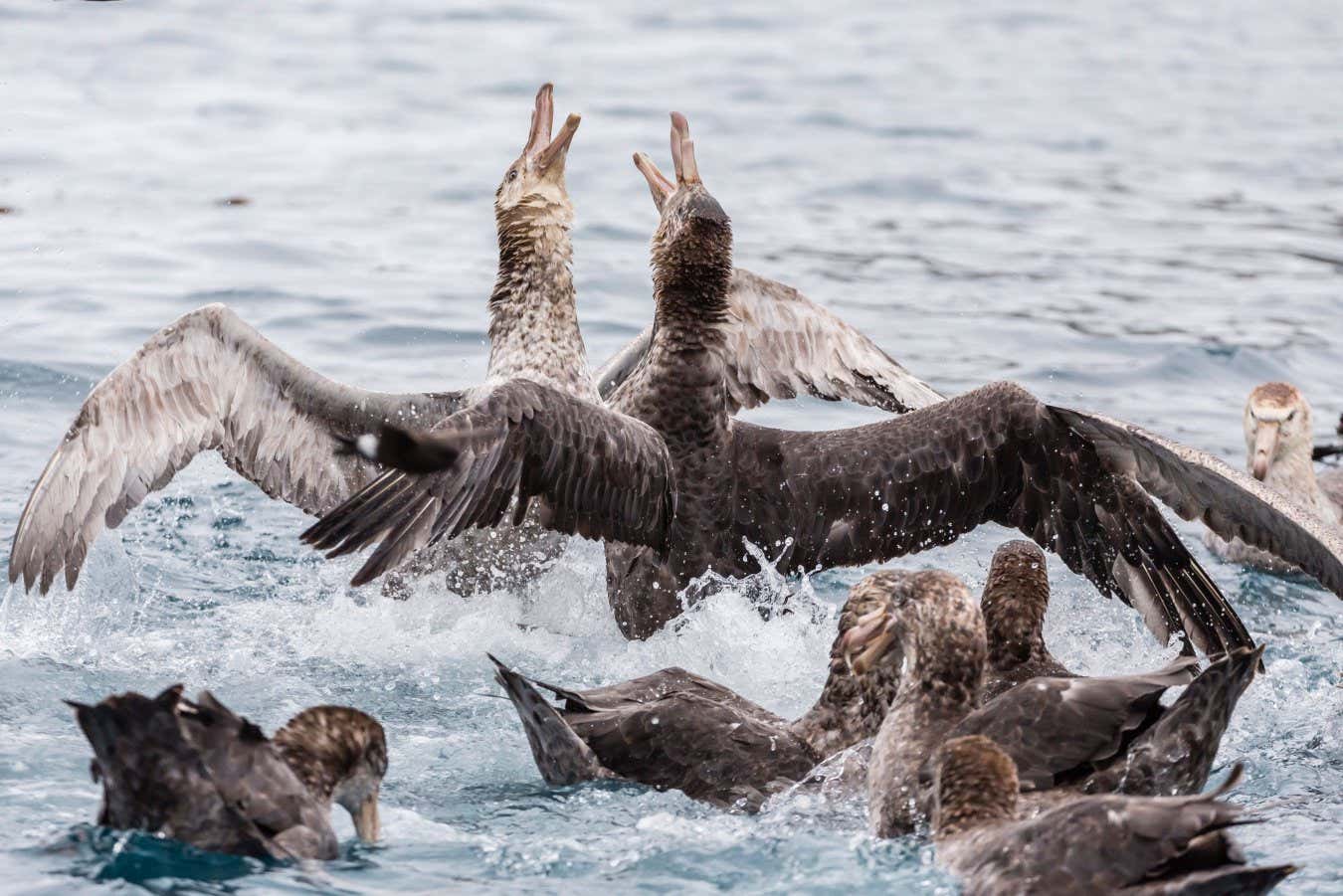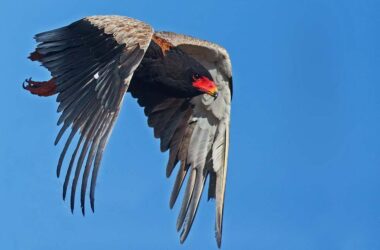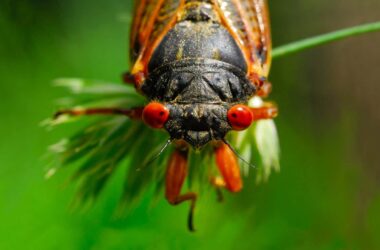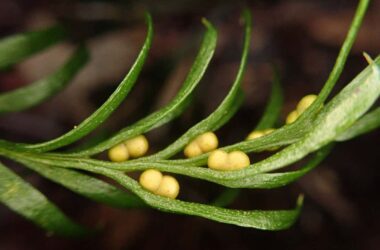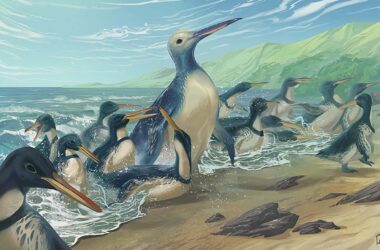The lethal strain of bird flu that has been causing death among millions of wild birds worldwide has now reached the Antarctic region. Scientists are concerned that this outbreak could have a devastating impact on seals, whales, penguins, albatrosses, and other bird species, potentially leading to extinctions.
The unique and vulnerable populations of species on the Antarctic and sub-Antarctic islands are particularly at risk. If the virus reaches these populations, they could be pushed towards extinction. Additionally, there is a risk of migratory birds carrying the virus to New Zealand and Australia for the first time.
The highly pathogenic H5N1 bird flu strain, which has been causing mass bird deaths in Europe, Asia, and Africa since 2020, has already spread to North and South America. In the Antarctic region, researchers at a British Antarctic Survey station on Bird Island have found sick brown skuas and giant petrels, which have tested positive for the virus.
Although only a few dead birds have been found so far, the concern is that the virus could rapidly spread in the dense bird colonies of Bird Island and South Georgia. Skuas and giant petrels, known for killing or scavenging other birds, are particularly susceptible to getting infected.
This outbreak is significant because animals in Antarctica have never been exposed to highly pathogenic bird flu before. There is a real chance that the virus has already reached the mainland of Antarctica, and with limited observation and monitoring, birds could be dying unnoticed.
The consequences for slow-breeding birds such as penguins and albatrosses could be severe. These species have low reproductive rates, so high mortality in breeding colonies could take years or even decades to recover.
Rare species at risk from the virus include parakeets found only on the Auckland and Antipodes islands south of New Zealand, the flightless Falkland steamer duck, the Kerguelen tern, and the New Zealand sea lion.
Antarctic researchers are taking precautions to minimize the spread of the virus, such as disinfecting footwear and equipment. Infected sites will be closed to tourism. However, bird-to-bird transmission is the most likely mode of transmission, and there is limited control over this spread.
The viruses from Bird Island are currently being sequenced to understand their origins and relationship to other viruses.
Topics:
- bird flu
- infectious diseases




